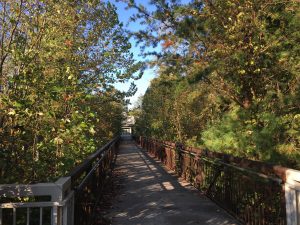I never thought that I would work on building a website. I mean, I am a history major after all! Our business is in dusty archives with old books, giving uninteresting lectures on the events and people of the past; or so other people have told me. Before this class I knew that some brave historians were moving to doing work on the world wide web but I never imagined I would be among them. The act of building this site and working with WordPress to fine tune the aesthetic of it is one of the things I foresee myself using in the future. This project also presented me with my first opportunity to go to an archive (albeit a nontraditional one) and work with primary sources in my hand. Working to distill which sources were useful and which were simply fun to look at was a skill I built up over the course of the semester with the help of my incredibly competent partner, Kristen. I honestly do not know what this project would be without that woman.
A great joy from this class was interacting with people from all around the country. My fellow students in this class were a constant reminder that there is a world outside of North Carolina. Another great thing about this class being so interdisciplinary was that everyone was from different majors. Seeing how others conducted research and how different their approaches to studying history were from my own was fascinating and a reminder that there are ways of thinking outside of my own. Watching the presentations I felt incredibly lucky to have been able to watch these ideas grow over the course of the past three months and to see how far we have all come.
Thank you to my classmates and professors for this inspiring ride!!!
